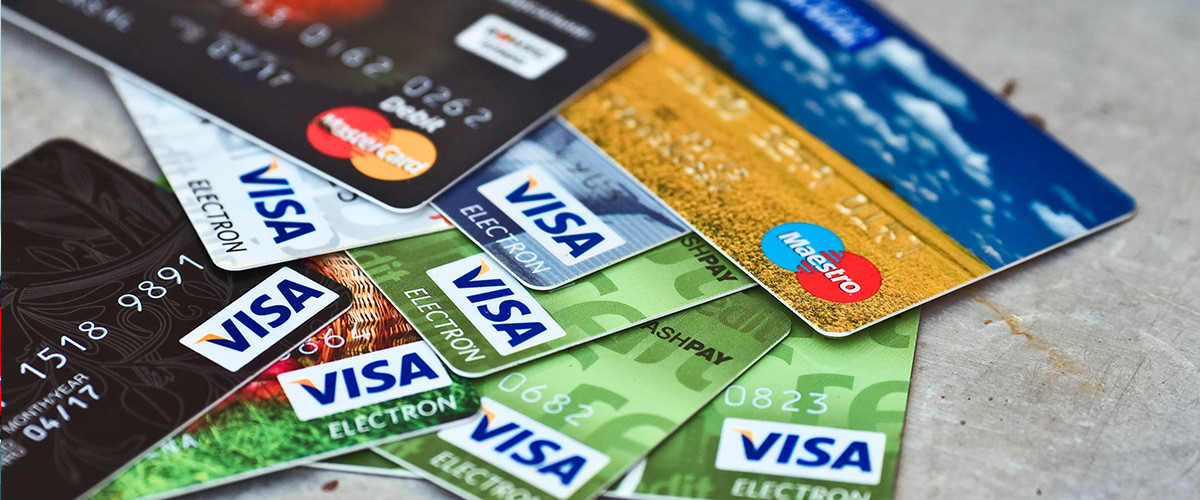
Balance transfer credit cards can be helpful in getting you out of debts once you learn a few things. Take a couple of minutes to understand the basics about what they are and their use.
What is a balance transfer card?
A balance transfer card starts at a low or no interest rate for a certain period – typically six to 21 months. You slide your debts from a high interest card to a balance transfer card to receive a low or no interest to alleviate some debt.
Who is eligible for a balance transfer card?
In order to enjoy the best terms, you will need to be in an excellent credit range. People with fair credit can also take advantage of balance transfer cards but they may have shorter no-interest periods and hence, higher interest in the long run.
How do balance transfers function?
Once you get an approval for a balance transfer card, you will utilize it to pay off the balances from your old cards, usually over the phone or on the web. Subsequently, you can pay off the debt on the balance transfer card during the promotional term when there is no or less interest accrued on your payments. Every penny directed towards the debt gradually nullifies the amount owed on the credit card.
What are the costs?
Many of these cards charge you 3% to 5% of your balance upfront though some of them do not. Make sure to do the math beforehand so you are successful transferring your balance efficiently.
What are demerits?
- If you do not pay off all of your balance before the introductory term wraps, the remainder will render an interest rate, which can be higher than the rate you were paying previously.
- If you fail to make payments in time or even satisfy the minimum amount, you may have to forego your introductory period and accept higher interest rates right away.
- If you think of using your old card after moving the balance, you will be setting yourself up for a worse situation than when you started.
Few tips for balance transfer success
- Search for a card that charges no fee on a balance transfer.
- Plan your payments prior in order to free off the debt during the introductory period.
- Refrain from using your balance transfer card for purchases as it will keep you in debt for longer. Also, you will lose your grace period on your purchases as soon as you carry a balance.
- Keep making payments on your old cards until you are sure that your balances have been moved. Missing a payment or being late with it can drop your credit score.
- Do not close your old credit cards as it may affect your credit score as well.
Getting approved for a balance transfer card can be a tedious process. However, following the right steps to build your credit is your starting point. If you are looking to achieve a good credit score in a quick way, click here or call 1-855-550-5565 to speak to a credit specialist.
Recent Posts
- How you can benefit from our dealership connections
- Benefits of having an expert help you shop for a vehicle you can afford
- Avoid high interest rate and have an expert on your side
- How to negotiate the best deal on a car loan in Canada
- Tips for improving credit scores to qualify for better auto financing rates in Canada
